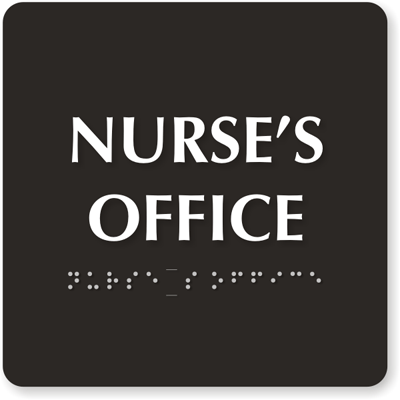 A generation ago, most school nurses had limited, but important roles in the school community. Students visited their school nurse to take medicine, get triage attention for schoolyard mishaps and rest on cots when sick and waiting to be picked up.
A generation ago, most school nurses had limited, but important roles in the school community. Students visited their school nurse to take medicine, get triage attention for schoolyard mishaps and rest on cots when sick and waiting to be picked up.
Today, a school nurse is viewed as a partner in a more comprehensive community-based healthcare program for students. While the traditional role of the school nurse still remains part of today’s essential duties, school nurses also serve expanding roles within a larger educational approach to healthcare.
Not only do nurses treat chronic illnesses like asthma or allergies, but they can also help teach students how to better manage them and help educators better understand the needs of pupils with chronic conditions and ongoing health challenges. School nurses may also help teach children about health-related issues like obesity and drug abuse.
Underscoring the more comprehensive role of the modern school nurse, The National Association of School Nurses website states, “The work we do with students, their families and providers to create and implement health management plans and to promote healthy lifestyles advances student wellbeing and contributes to school connectedness.”
RN’s and other health professionals looking to transition into this important career path should be willing to be an integral and visible member of the educational community. While qualifying credentials and years of experience required will vary from state to state, a four-year BSN is a standard requirement.
In addition, specific courses related to child development and education may not always be required, but could be valuable for leveraging a competitive edge.
Professional mentoring, internships and clinical experience can also be part of quality education programs in the field. As the roles and responsibilities of school nurses have expanded over the years, so has the need for more comprehensive educational and interdisciplinary courses.
This new focus is aimed at providing effective school-based healthcare programs to address the needs of today’s diverse student populations in a way that is more integrated with the larger educational community.









